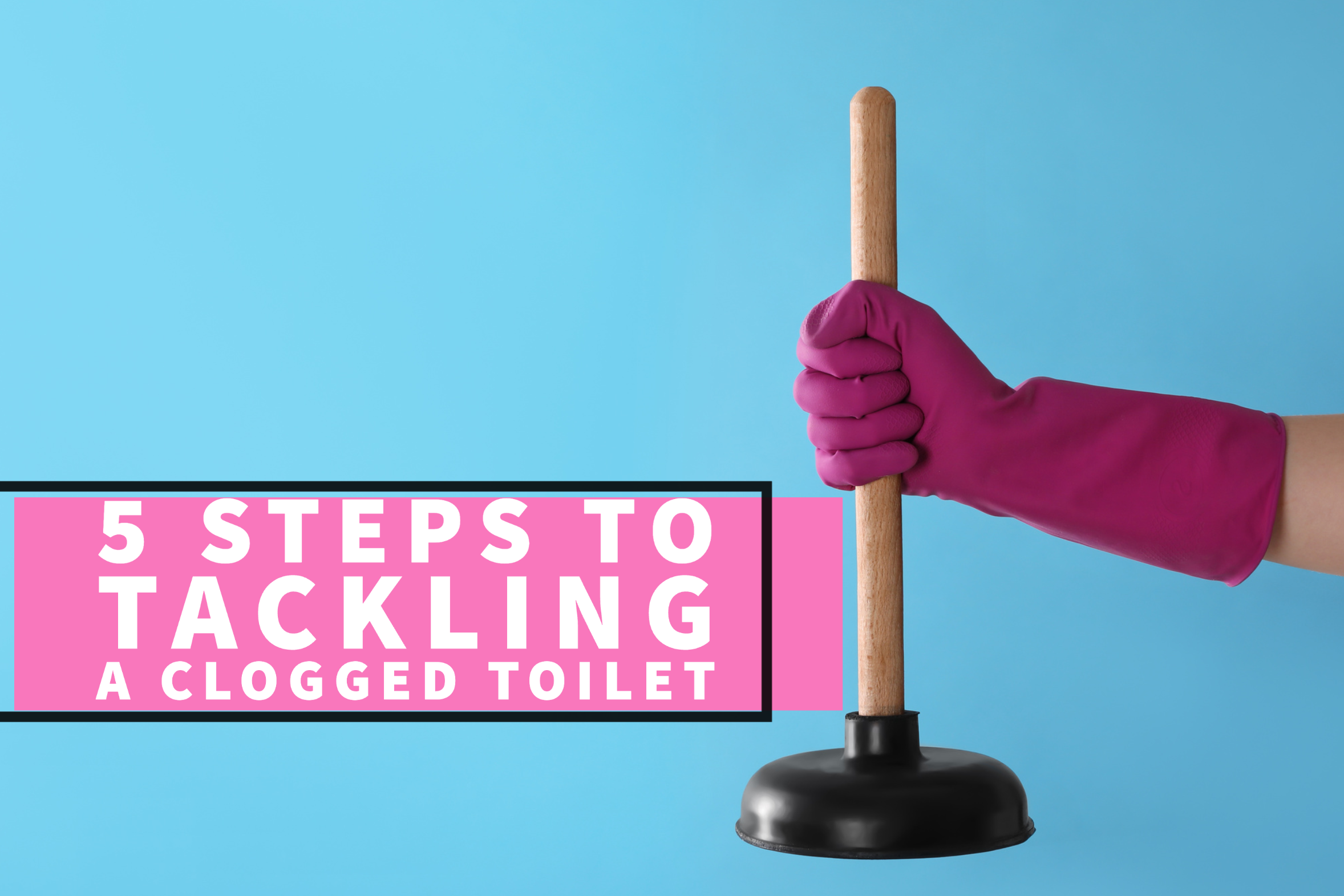Most have experienced the frustrating situation where we are using the bathroom and then go in for the flush only to see the water not draining and the water level continually rising. So, what are some possible solutions in this scenario? How can you stop it? The fact of the matter is if you have water flowing over the brink of your toilet bowl. There’s not much you can do to prevent it altogether. However, there are steps you can take to fix the problem and appropriately deal with the aftermath. So, first, should you find yourself in this situation, don’t panic. Second, take a deep breath. Third, prepare yourself and know that everything will be alright. Fourth, follow the steps provided by your reliable experts at New Albany Plumbing & Drain.
1. Try Shutting Off the Toilet’s Water Valve:
When you realize your toilet water is rising and is not stopping, this moment can feel a little overwhelming. But bear in mind that while you can’t stop the water that is already flowing over your toilet bowl and onto the ground, you can stop the water at its source. So, quickly look for the toilet’s shut-off valve (usually placed behind the toilet) and turn it clockwise to shut the toilet’s water supply off. If you are not sure what the valve looks like, it is usually an oval or football-shaped knob. Once you have located it, turn it clockwise to shut it off; remember that you do not want to flush the toilet again until the issue is finally resolved.
2. Try Making Sure the Flapper Is Sealed:
After turning off the water supply to the toilet, open the toilet’s tank by lifting the lid. Then look for a rubber circle positioned over the tank drain. This rubber piece acts as a seal to prevent water from flowing into the toilet unless the flush lever is activated. The rubber seal should be attached to a metal lever or chain connected to the flush handle. To ensure the seal is tight, gently press the rubber seal downwards.
3. Try Tying Down the Float:
We are making great progress, but we aren’t done yet! As additional assurance that the water is cut off from being able to fill back up, find the float cup (or float ball) inside the tank. Its purpose is to control the water level. By doing this, you are immobilizing the float from moving, and it will definitely halt the further flow of water.
4. Try Removing the Excess Water & Start the Cleanup Process:
Congratulations on successfully stopping the water flow! However, the job is not complete yet. It’s now time to clean up! First, remove the excess water from the toilet bowl to prevent any further overflowing. Since the toilet is not draining properly, you will need to do it manually. The first thing to do is clear any waste or debris out of the water. (You can check the floors at this time too!) Just be cautious when cleaning it up. Safety and hygiene should be your main concerns, so if you can, wear gloves. Then, begin by picking up any solids or waste and placing them carefully in a trash bag. Otherwise, you can use a bucket or container to remove the excess water from the bowl and pour it down the sink or bathtub. Make sure to do it slowly and with precaution.
Another important factor to consider is the floors. Water damage is a real thing and no fun to deal with. So, you want to clean up the floors as fast as you can. If you have a wet vacuum, use it to clean up. In the case of solid flooring, use any available resources, such as towels, rags, or a mop, to clean up the spill. But, if there is an area that is carpeted and has been affected, the best approach is to lay down towels and place a heavy object on top of them to absorb the water. Make sure you give the towels enough time to soak up any water. Then clean the carpet accordingly. After draining, disposing, and soaking up the water, it is essential to take proper steps for disinfection – this means the flooring, as well as anywhere else that came in contact with the toilet water, will need to be disinfected.
5. Try Taking Care of the Blockage:
After thoroughly cleaning the toilet bowl, place the plunger over the drain and ensure it is submerged in water. Then use the plunging motion to clear the clog. If the toilet doesn’t drain or the problem persists, this is a sign that there may be a bigger plumbing issue at play. In this case, it’s recommended to seek professional help. However, if your toilet is once again working again – fantastic! Just don’t forget to readjust everything back to its original spot, including returning the tank cover and turning the water valve back on,
If multiple attempts to remove the blockage have failed, you can contact us, and we’d gladly assist. Call New Albany Plumbing & Drain today at (614) 245-3319 or schedule an appointment online now by clicking here!




